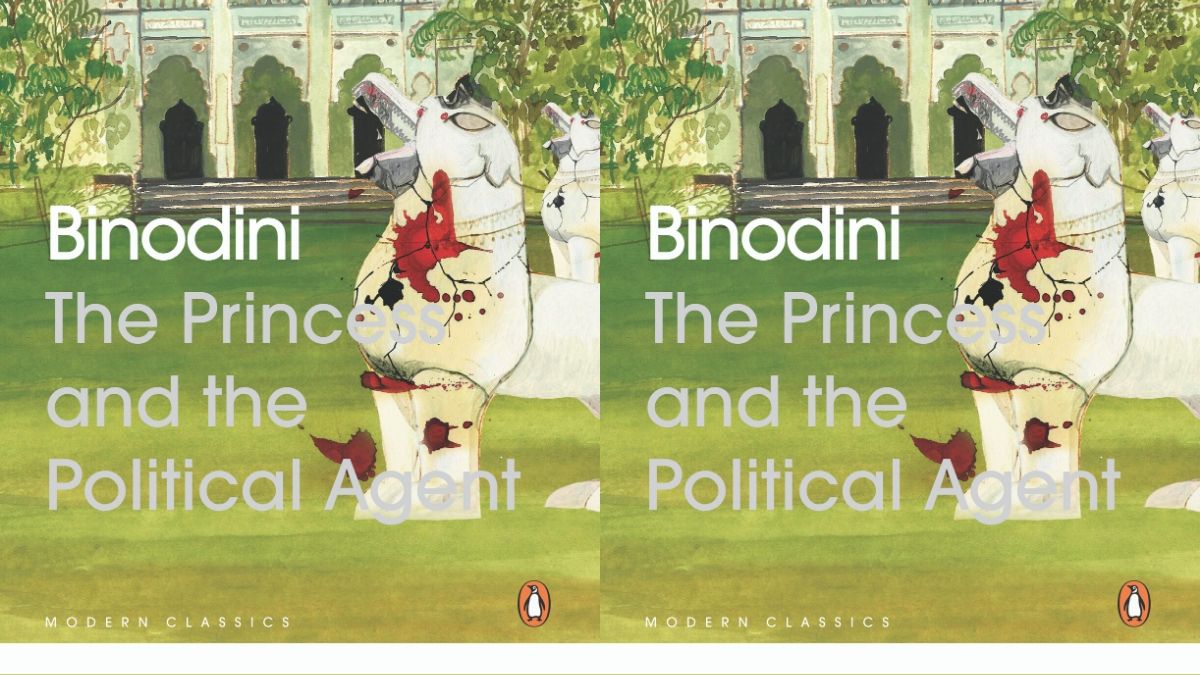
The Anglo-Manipuri War of 1891 was a highly controversial war that deeply convulsed the British Empire. In 1825, after seven years of occupation of the Tibeto-Burman kingdom of Manipur by the Burmese kingdom of Ava, the army of the East India Company and an army of Manipuri princes called the Manipur Levy joined forces to expel the Burmese. The subsequent Treaty of Yandabo of 1826 recognised the independence of Manipur.
The kingdom became a buffer state between the British and the Burmese. In 1834, under the regency of Crown Prince Narasingh, the Political Agency of Manipur was instituted by the British as a medium of communication between the East India Company and Manipur about the frontier between Manipur and Burma. The function of the Political Agent was dependent on the will and pleasure of the Maharaja of Manipur. British records described him as a British officer under Manipur surveillance.
The 1850s and the 1860s, however, saw a series of succession wars after the death of the popular and able Maharaja Narasingh in 1850. The instability led the British to provide a unilateral guarantee of protection of Manipur in 1865 by declaring Maharaja Chandrakirti Singh as an “Asiatic power” in alliance with the Queen of Britain.
In 1874 Chandrakirti and Lord Northbrook, Viceroy of India, reaffirmed the Anglo-Manipuri treaty of 1833. In 1886, the powerful and friendly Chandrakirti died and the British annexed Upper Burma as well. The weakened Manipur’s importance as a buffer state for the British came to an end. But the kingdom remained strategically important as it was located between Burma and Assam, two important possessions of the British Empire.
After the accession to the throne by Maharaja Surchandra, the eldest son of Chandrakirti, there was a palace coup in September 1890 led by his younger brother Prince Tikendrajit. The rebel faction deposed Surchandra and proclaimed Kulachandra, the next oldest brother, the king. Surchandra fled to Calcutta where he appealed to Viceroy Lord Lansdowne to reinstall him on the throne.
Instead, the British dispatched James Quinton, the Chief Commissioner of Assam, with an army to Manipur. His mission was to recognise Kulachandra as the king under the condition that they be allowed to arrest the coup leader Crown Prince Tikendrajit and deport him from Manipur. This aggressive imposition of British law in a sovereign state was rejected by the king, precipitating the Anglo-Manipuri War of 1891. The Anglo-Manipuri War was fought for over a month in the spring of 1891.
In its first phase, the British under the cover of night before daybreak attacked the palace of Manipur, in present day Kangla Fort. Defeated, they retreated but Manipuri forces surrounded the British Residency and five British representatives — Quinton, Frank Grimwood, the Political Agent in Manipur, and three other officers — emerged from the Residency under a flag of truce. A durbar was held with the king at Kangla Fort.
The British representatives were asked to surrender their arms. Upon their refusal, the officers were arrested and tried in the royal military court. The five were executed in Kangla Fort for their crime against the monarch. In the second phase of the war, the British invaded Manipur with three columns from the west, north and east. The Manipuris were defeated at the decisive Battle of Khongjom and in April, the British captured the palace of Manipur at Kangla Fort.
Maharaja Kulachandra and his brothers were deported to the British penal colony in the Andaman Islands. Queen Victoria tried to save Tikendrajit. She thought hanging him “would create very bad feeling in Manipur and in all India.”The Viceroy threatened to resign and refused to comply. He proceeded with the death sentence of Tikendrajit. The Crown Prince was hanged to death in August 1891. The deposed Surchandra died in British custody in Calcutta later that year.
The House of Parliament in Westminster debated the future status of Manipur. The British Raj declared that Manipur state was forfeited to the Crown, but decided to regrant it to a scion of another branch of the dynasty. Eight-year-old Churachand, great grandson of Maharaja Narasingh, was installed as the new king of Manipur in September 1891 by Political Agent Henry St. P. Maxwell. The Anglo-Manipuri War was hotly debated by the international community and remained for months on the front pages of newspapers in Great Britain, the US, and the crown colonies of Australia, New Zealand and Singapore.
Representatives of Great Britain had, in an act of defiance of the British Empire, been beheaded by the public executioner in the presence of a big crowd. The imperial British could not accept the capital punishment meted to their five officers by a small kingdom. They termed it as “treachery” and “rebellion”, and as an act of barbarism. The New York Times opined that the conflict was a serious and threatening blow to British prestige, for instead of being the result of a casual riot, the murder of the English representatives was a quasijudicial act on the part of the native government.
International opinion also held Quinton guilty of attempting to capture Tikendrajit and for attacking a sovereign state without a proclamation of war. The international community censured the subsequent execution: “They were soldiers, but they were taken from their prison, led to a scaffold and there hanged like ordinary murderers.”
Coming after the Sepoy Mutiny of 1857, native Indian newspapers condemned it as British colonialism, declaring the war as part of the general uprising against foreign rule in India. L. Somi Roy is a film and media curator, cultural conservationist, and a translator of the works of his mother Binodini. His latest translation, ‘The Princess and the Political Agent’ (Penguin), is all set to be out soon. Wangam Somorjit is a historian based in Imphal.